Hello Everyone,
Struggling to onboard new ecommerce sellers to your marketplace? Here’s how to fix it!
Look no further! Get the pain-agitate-solve (PAS) framework designed to draw out and flesh out the common pain points sellers would express during onboarding.
The discomfort ranges from lengthy processes to unclear documentation and many other frustrating challenges sellers face. Here are some practical ways to improve the ecommerce seller onboarding process.
Prepare yourself to refine your seller marketplace onboarding experience to achieve maximum efficiency for your marketplace!
The best ways to onboard those brands or sellers on the site.
Bring in New Sellers with an Easy Ecommerce Onboarding Process
Key Takeaways On Seller Onboarding Process
- Seller Onboarding Process stands as a foundation in the introduction of sellers into the marketplace ecosystem.
- Efficient onboarding work that integrates automated tools means quicker registration and fewer mistakes, which translates into happier sellers.
- An easy seller onboarding process can significantly increase seller satisfaction and retention by giving support right from the beginning.
- Onboarding experiences tailored to sellers specific needs will strengthen relationships and long-term success in the marketplace.
- Create an efficient onboarding process that has covered all the legal and compliance checks. So that it reduces risks and fosters credibility to build trust for sellers, making the marketplace a safe and trusted platform.
What Is Seller Onboarding?
Seller onboarding is the process of bringing new sellers into an online marketplace. It involves collecting the necessary information to add them to the ecommerce platform. It’s also a chance to go over the rules and procedures, and what is expected from both sides.
This comprehensive process encompasses various stages, guidelines, and strategies to streamline the seller’s journey from registration to an active seller.
Multi-Vendor Marketplace Seller Onboarding
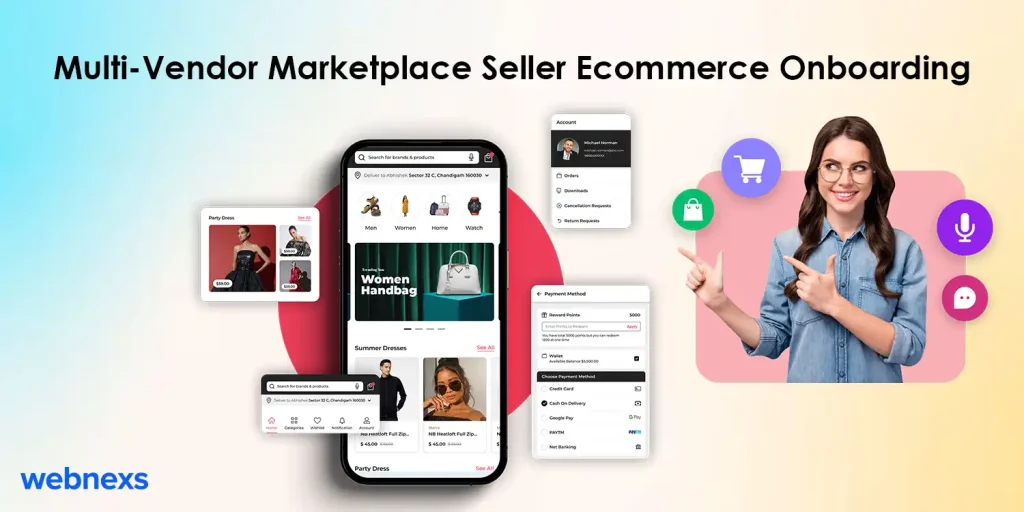
80% of online marketplaces see a decrease in seller retention rates due to substandard onboarding process
According to a recent study, onboarding refers to the mechanism through which new employees, buyers, and sellers acquire the required knowledge and behaviors to become effective members, trustful buyers, and credible sellers.
To elaborate on the context, it is, actually, the method of integrating new suppliers, through effective procurement strategies, into your marketplace business in a way they understand the culture and process of your platform.
In this manner, you increase the probability that your vendors become experts in your multi-vendor marketplace software and play a task to extend sales thereon.
When the sellers have already been selected to work on a marketplace, they’re needed to be able to sell on the platform, and this is where comprehensive seller training and effective onboarding ecommerce come into play.
As a marketplace owner, you must ensure that sellers are given the proper tools and sufficient training so that they feel independent and self-sufficient on the platform.
You ought to provide the vendors with assistance within the initial weeks to ensure a successful start for both the seller and therefore the overall marketplace. They’re going to be ready to manage their accounts smoothly.
Therefore, you’ve got to make sure that you simply have fully completed the vendor onboarding checklist correctly and effectively. Whatever the ecommerce onboarding process is the most important key to follow to a successful online marketplace.
Distinguish onboard the customer’s and seller’s registration routes through an effective ecommerce onboarding process with your multi-vendor marketplace development.
The Ecommerce Marketplace Seller Onboarding Process
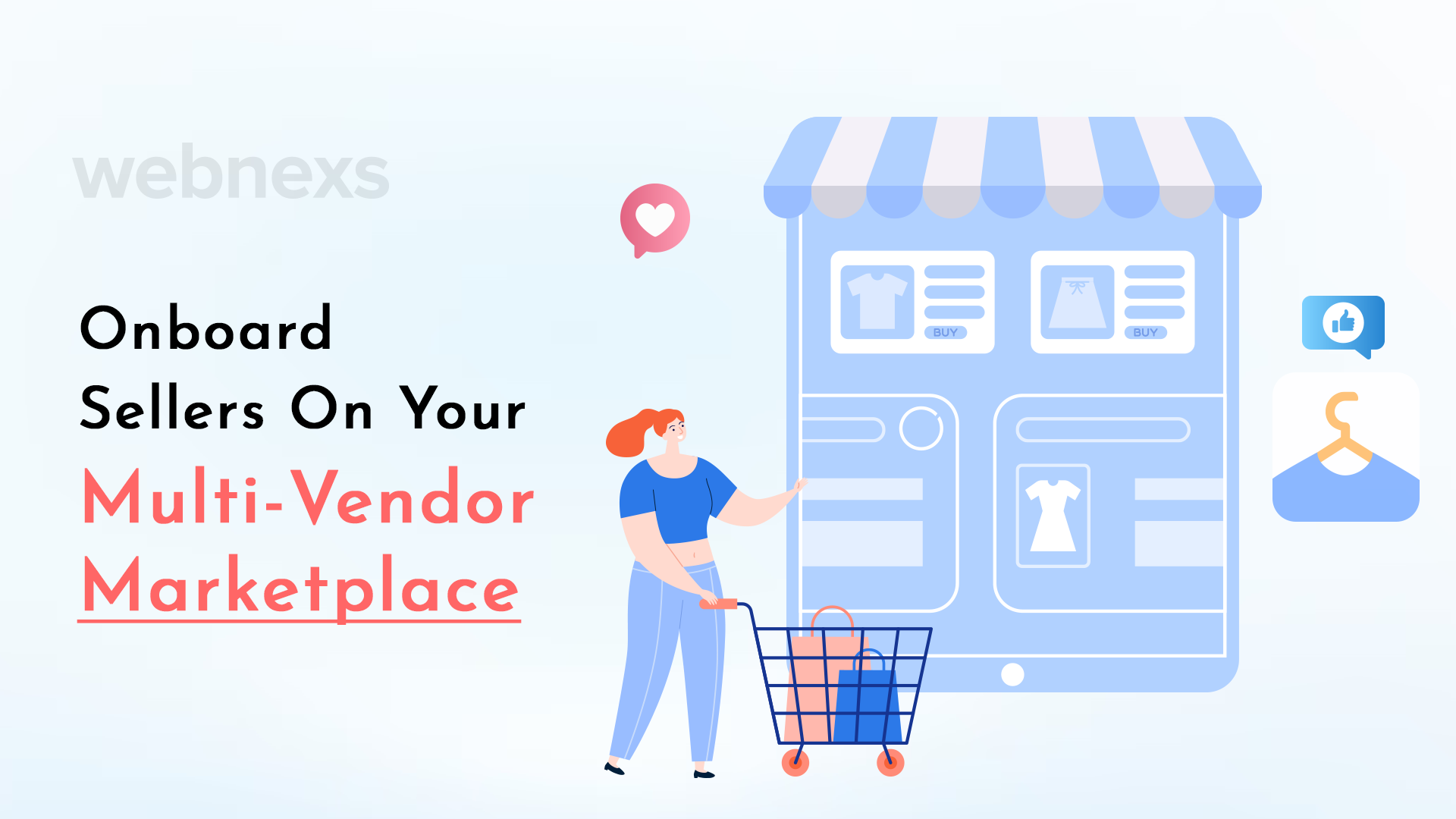
- Configure User Groups In Your Marketplace Platform
- “Become a Seller” Page For Your Multi Vendor Ecommerce Marketplace
- Integrate Your So-Called Page With Your Navigation
What Are the Different Methods of Ecommerce Seller Onboarding Process?
Depending on your arena of the activity or your model, it’s going to be relevant to supply different registration routes to your buyers and sellers on your marketplace. Here are the three most vital ways to ecommerce marketplace seller onboarding.
Way #1 Configure User Groups In Your Marketplace Platform
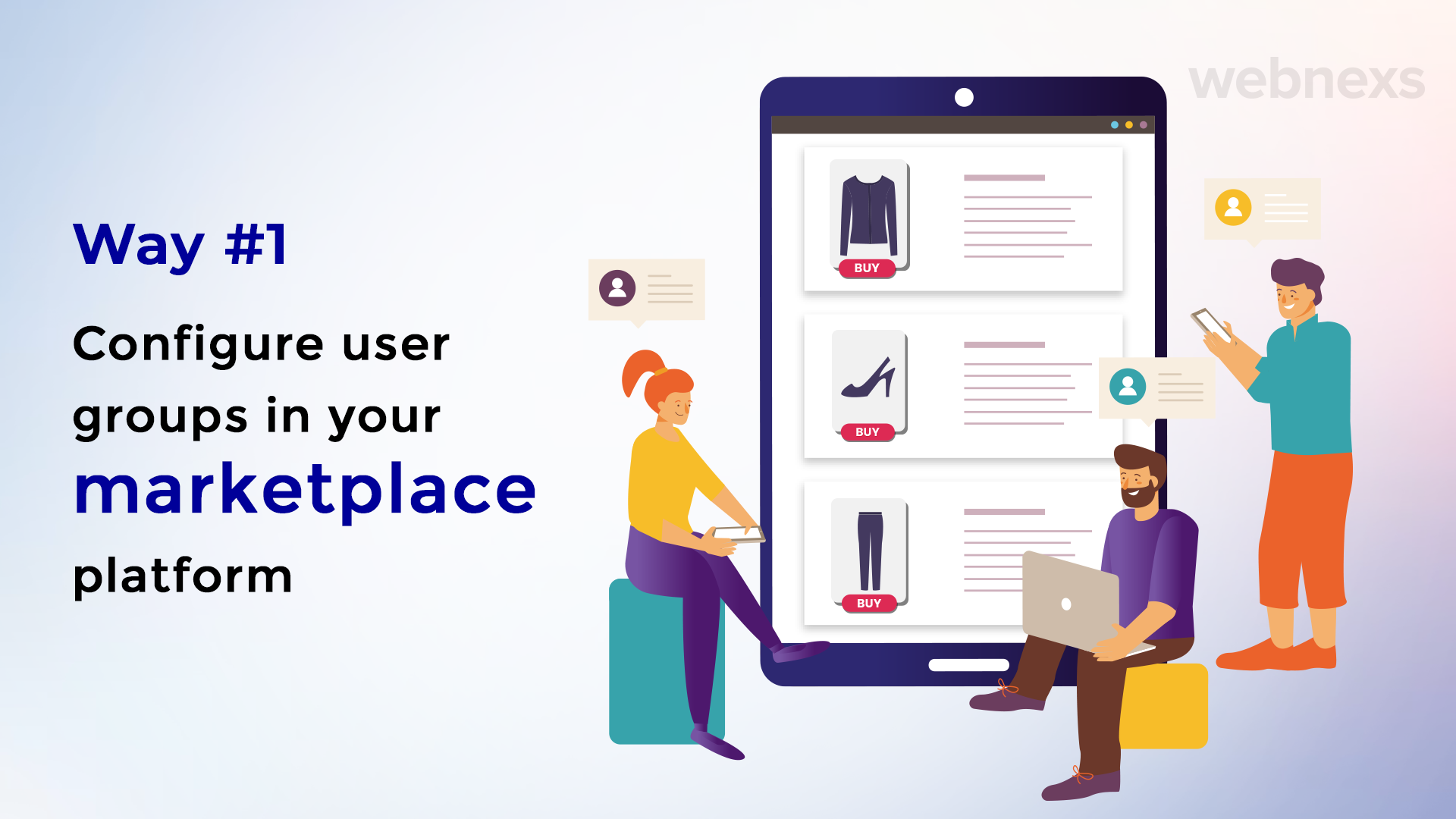
You should start the process of merchant onboarding services for ecommerce by creating the subsequent two new user groups (or you’ll modify existing groups if necessary):
- “Merchant expecting validation”: cannot yet create listings, private groups,
- “Validated Merchant”: can create listings, private group
Note: just in case you do not want to moderate the registration of professionals and let the sellers create listings as soon as they register, you’ll ignore the group “Merchant expecting validation”. You’ll use the shape of the group “verified seller / validated Merchant” as a registration form.
Also, if you would like to line up an application process for your sellers, you would like to ask them for more information, such as their preferred payment method, KYC verification, and compliance requirements.
Professionals are more familiar with providing documents or information. However, depending on your marketplace, the merchants also can be individuals. There’s no limitation on this level.
But if you select that your sellers expecting validation are professionals, it’s logical that the validated sellers are also professionals (the same thing applies to individuals).
Way #2 “Become a Seller” Page For Your Multi Vendor Ecommerce Marketplace

You should start by creating a replacement page that you can simply name “Become a Seller” or “Sell on [Name Of Your Marketplace]”.
Add any content (photo and/or text) to elucidate the interest in making listings and explain the procurement process on your marketplace. So then you’ll take inspiration from some excellent models such as:
- Airbnb: Become a Charterer on Airbnb
- Etsy: Learn and Sell on Etsy
- Verbling: Becoming an educator on Verbling
Way #3 Integrate Your So-Called Page With Your Navigation
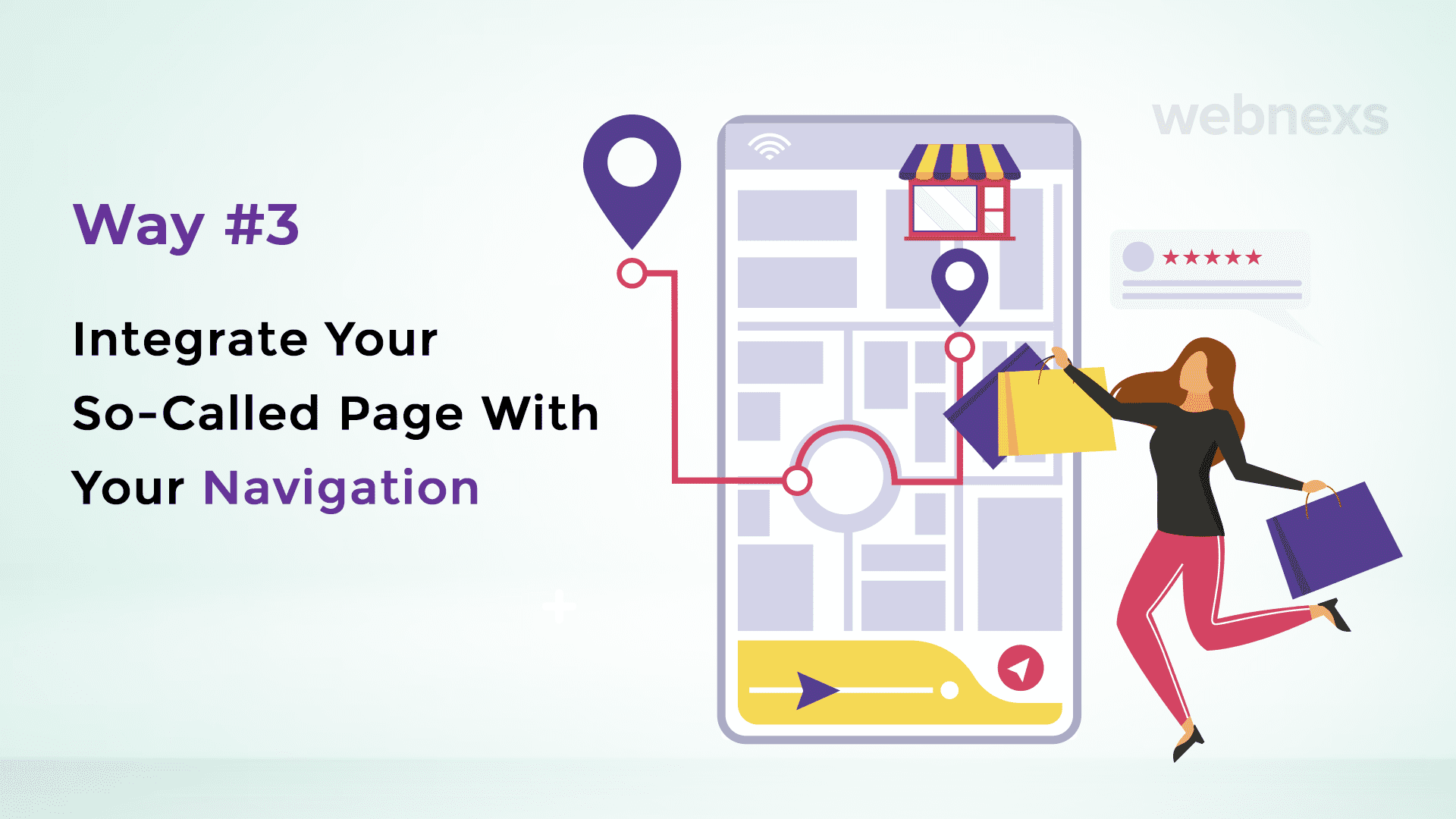
At last, add the page link to your multi-vendor site to complete the seller onboarding marketplace process. It’s an honest practice to feature this link at the rock bottom of your page. Don’t neglect the selection of a relevant link title. Here are some samples of titles that will inspire you:
- Apply to show,
- Rent my apartment,
- Become a member,
- To become a partner,
- Sell on YourMarketplaceName
- Make money on the NameOfYourMarketplace
If you would like, you’ll also give more visibility to the present page by adding a link within the main navigation.
This navigation facility plays a prime role in facilitating the journey of buyers. However, in the C2C scenario, the entire ecosystem is different.
The more C2C-oriented is your site, the more relevant it’ll be to motivate buyers to also sell on an online B2B marketplace. Some big marketplaces like Airbnb and Etsy have adopted such motivating techniques.
On the opposite hand, if your sellers can represent only a small part of your visitors, or if you’ve got a rather B2C-oriented strategy, make this link discreet.
Now you have to provide it with an excessive amount of visibility. This will scare your buyers and make them ask useless questions on your marketplace (which can even generate customer support).
Why Is It Important to Have a Smooth Seller Marketplace Onboarding?
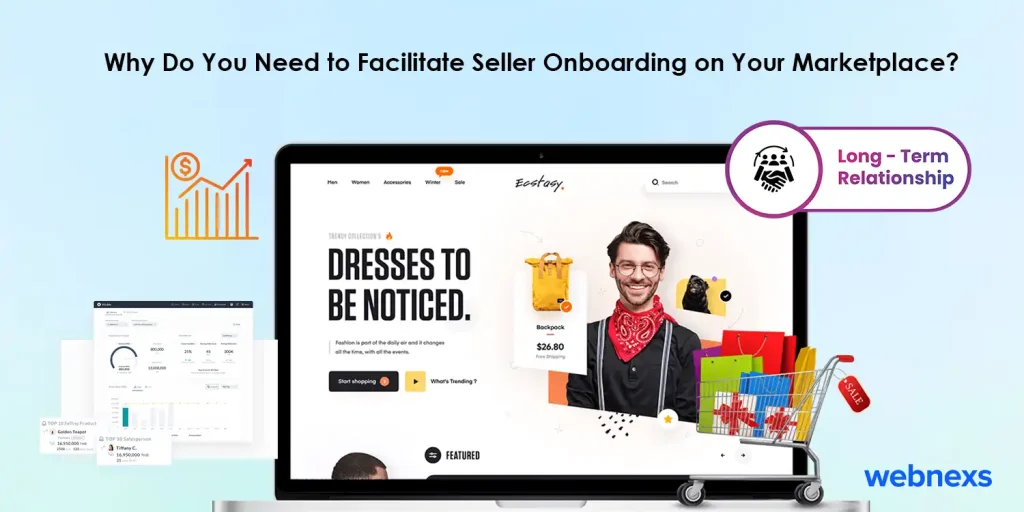
Seller marketplace onboarding is not just an optional feature; it’s a fundamental necessity for several compelling reasons:
1. Give a Seamless Start
83% of high-performing sellers believed that a seamless and structured onboarding process is key to their success and ongoing engagement.
When new sellers join your marketplace, they used to come with various backgrounds and levels of experience. Seller onboarding serves as the bridge that connects the gap between buds and experts. The overall user experience promotes fairness and competitiveness within your marketplace.
2. Build Trust and Credibility
75% of users trust platforms with clear and organized onboarding processes
Trust is the bedrock of any successful marketplace. A super-structured onboarding process inspires confidence in sellers to stay committed to their success. It helps you to verify the legitimacy of sellers and to validate their products or services. This gives credibility in the eyes of both sellers and buyers.
3. Mitigation Risks and Secure Compliance
63% of ecommerce fraud cases involve fake or misleading seller accounts.
Onboarding checks include KYC verification to assess potential risks associated with the seller’s products or services. You can verify product quality, obedience to marketplace policies, and legal compliance. Safeguard your platform and users from potential disputes, fraud, or subpar experiences.
4. Strengthen Seller Performance
Marketplaces see a 30% improvement in seller listing quality by providing educational resources during onboarding.
Seller onboarding is not just about registration, it’s an opportunity for education and delegation. Provide sellers with the primary tools, resources, and insights to improve their performance in your marketplace. A well-structured onboarding program helps with the optimization of product listings to customer communication.
5. Cultivate Long-term Relationships
60% of sellers say their sales increased by 50% because they continued to receive support and training after onboarding
The marketplace onboarding process is not a one-time transaction. Use this to build long-term relationships with sellers. Provide vendor support, training, and resources. Encourage sellers to stay active on the marketplace to benefit both your platform and its users.
6. Boost Marketplace Growth
50% of marketplaces that make seller success a priority see overall platform growth of 40% within the first year
Successful sellers are your marketplace’s gems. When you ease their growth and success, they will attract a larger customer base, contributing to the overall expansion and prosperity of your platform.
Real-life Example: Lindsay’s Journey to Success on the Etsy Ecommerce Seller Onboarding Process
A passionate teacher who loves to make fine custom jewelry, Lindsay has always wanted to make a business out of her hobby. But when it was time to begin her online store setup, she felt overwhelmed. It was when she came to know about Etsy, a place where handmade goods are being sold.
A little nervous at first, Lindsay went through the seller onboarding process at Etsy. It was an easy step-by-step process. She signed up, provided her basic business details, and Etsy guided her through setting up her store with suggested key information such as store policies and product descriptions.
Next, she uploaded her jewelry and created effective listings with Etsy’s help. Keyword optimization phrases were suggested on the seller’s dashboard, and advice was given for pricing and photography to ensure products would attract buyers.
Etsy didn’t just leave her to figure things out on her own. Etsy’s Seller Handbook provided tips to her from branding to marketing. She also attended free online workshops to gain valuable insights on how to grow her store.
Etsy handled logistics management, and payments and provided a clear-cut shipping process. This left Lindsay free to do what she loved more.
Within months, Lindsay’s shop became profitable. With encouragement and clear guidance, she developed her business well beyond her local community. Today, Lindsay runs a successful jewelry business on Etsy, all due to the easy seller onboarding process.
Bring in New Sellers with an Easy Seller Onboarding Process
What Are the Common Challenges in Ecommerce Seller Onboarding?
Seller onboarding can face some challenges for businesses. Some of the most common issues include:
1. Poor Communication
The onboarding process can be a little bit confusing and slow for businesses and sellers when they aren’t aligned. A lack of proper communication often leads to unnecessary delays.
2. Manual Tasks
Filling out paperwork or entering data can take a lot of time and increase the risk of mistakes, slowing down the entire process.
3. Inconsistent Processes
Without a standard approach, onboarding can vary greatly from seller to seller. This inconsistency leads to a disjointed experience, causing potential delays.
4. Legal and Compliance Complications
Navigating legal and compliance requirements can be complex. Missing key details during this step can prevent sellers from getting started on time.
Such problems usually result from the use of outdated systems and tools that can’t support an efficient and streamlined onboarding process. Businesses running on such systems will not have an easy time bringing their new sellers on board quickly and smoothly. By introducing modern, more automated processes to reduce friction, the businesses will be able to foster a faster and smoother onboarding experience for the seller.
What Are the Most Common Mistakes to Avoid in Seller Onboarding?
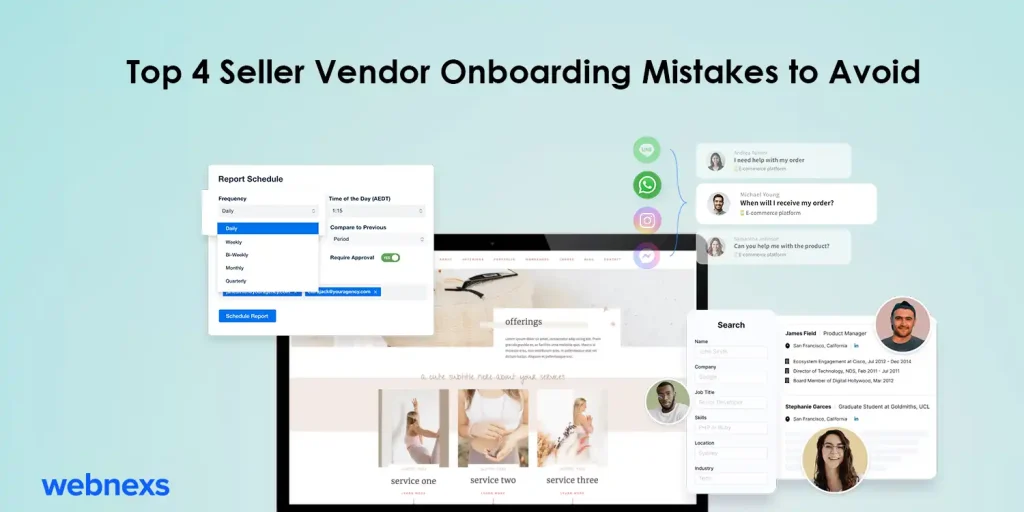
Seller onboarding is an essential phase for any business wanting to expand its reach and offering. However, it is often the stage where many organizations end up making avoidable mistakes with dire long-term consequences. Here, we will cover four common mistakes related to onboarding sellers into the marketplace that companies should avoid.
1. Lack of Clear Communication
65% of sellers noted that they were likely to remain active and build their business on the platform
One of the most significant mistakes a company can make during seller onboarding is a failure to communicate clearly and effectively.
When new sellers come on board, they need to understand the company’s expectations, policies, and procedures. Without clear communication, sellers may make errors or take actions that are not in line with the company’s vision.
To avoid this mistake, companies should provide comprehensive documentation, conduct thorough training sessions, and maintain an open line of communication with their new sellers. Regular check-ins and Q&A sessions can also help ensure that sellers have the information they need to succeed.
2. Ignorance of Compliance and Legal Requirements
63% of online marketplace businesses face legal challenges in the recent finding due to non-compliance
Compliance with legal and regulatory requirements in seller onboarding is most important. The business that fails to do so can result in costly fines, legal disputes, and damage to the company’s reputation.
It’s essential to stay updated on the laws and regulations that relate to your industry and make changes to your onboarding process so b2b ecommerce aligns with them. To mitigate this risk, companies should consult legal experts.
With the help of them create compliance checklists, and conduct regular audits to ensure that their seller onboarding process remains in line with current laws and regulations.
3. Neglecting Technology and Automation
With automated onboarding, the onboarding time is reduced by 40%
Many businesses are still using manual processes to onboard sellers, exposing themselves to inefficiencies and errors.
Neglecting available technology and automated tools causes ecommerce onboarding sales processes to slow right down, leaving a sour experience for both the company and sellers.
To facilitate establishing a seller, organizations should invest in technology solutions capable of performing document verifications, performing background checks, and processing orders. Automation not only cuts time down but also reduces the risk of human error.
4. Failing to Customize the Onboarding Experience
72% of sellers express satisfaction when their onboarding experience is tailored to their needs
Each seller is a special case. Generalizing onboarding as a whole without any customization brings dissatisfaction.
The configuration of online onboarding must be aligned to the seller’s own specific needs, and preferences so that pain and inefficiency can be minimized.
In avoiding such a situation, companies should take the time to appreciate the background and aspirations or aims of the seller to customize training materials, support resources, and communication avenues into a far more satisfactory online onboarding experience, fostering better seller relationships.
Don’t be too hasty with concluding that your onboarding is not working well enough. In such a situation, it would be wise to invest more of your time in talking with beneficiaries of your services and developing a template checklist for onboarding success.
Read More: Check out the Readymade Amazon Clone Website Features
Conclusion: How to Create a Smooth Seller Onboarding Process
An effective ecommerce onboarding process for sellers is important for the growth of your ecommerce marketplace seller experience. Take the seller onboarding process to a new level with the above three methods. Try to avoid the common mistakes faced by all the marketplace owners.
Every marketplace is different make sure your seller onboarding process aligns with your platform’s specific needs.
To get started, click here to build your marketplace and implement a seller onboarding system that works seamlessly!
Have you considered the three different ways of the ecommerce seller onboarding process? Let us know how you plan to elevate your platform!
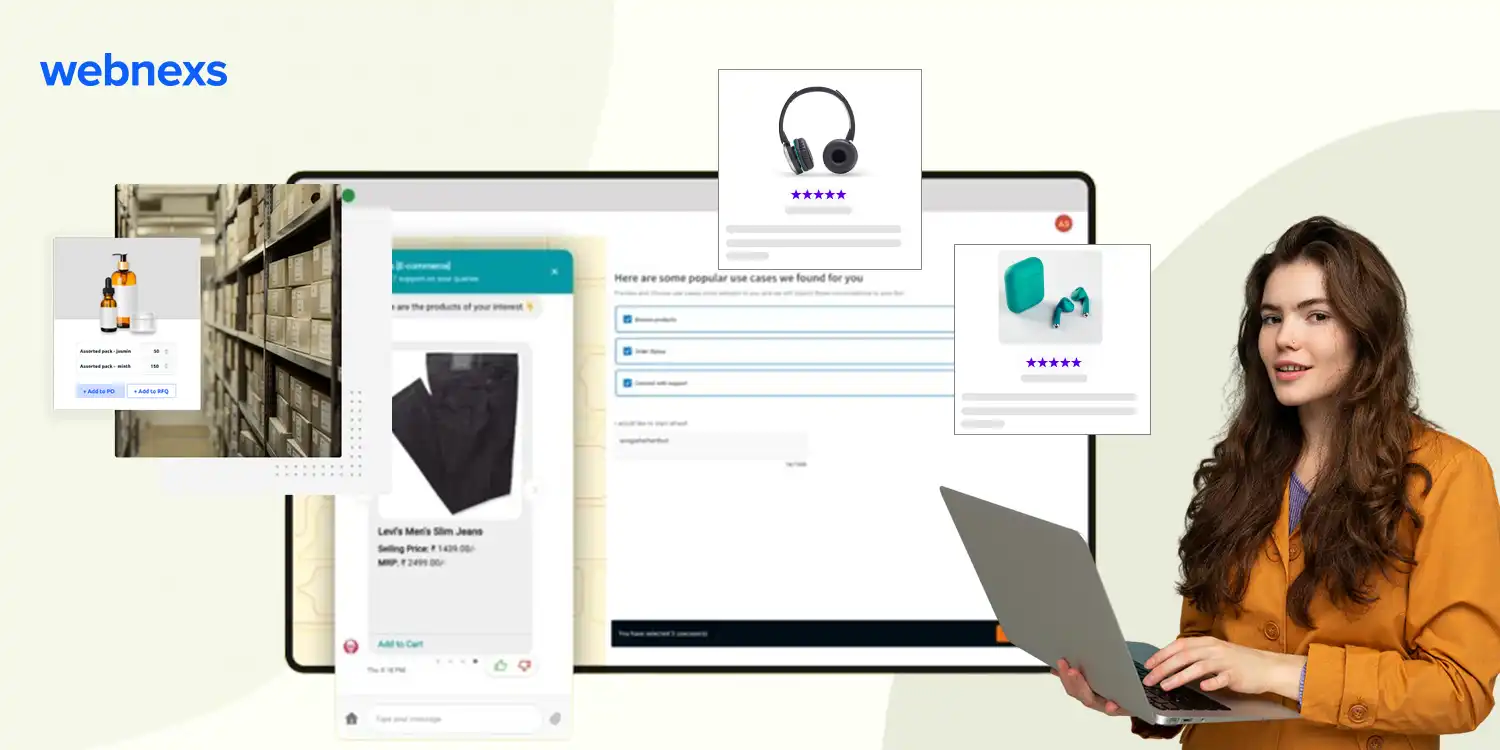





11 Responses
This article made me realize the importance of personalized seller support during the onboarding process. It’s essential to make sellers feel valued and supported as they navigate through the ecommerce marketplace platform.
Great article! I particularly liked your emphasis on explaining the 3 ways to onboard ecommerce seller on a multivendor marketplace. It helps build trust and ensures a smooth onboarding process. I’d love to hear more about effective strategies for attracting sellers to a new marketplace. Keep up the good work!
Your posts always leave me feeling motivated and empowered You have a gift for inspiring others and it’s evident in your writing. This marketplace seller ecommerce onboarding process is amazing.
Your blog how to onboard supply on your marketplace is a testament to your expertise and dedication to your craft. I’m constantly impressed by the depth of your knowledge and the clarity of your explanations. Keep up the amazing work!
Well explained blog on ecommerce seller onboarding process. Informative for all online marketplace website developers.
This post marketplace seller onboarding hit home for me. Thanks for writing it.
Great job on this article! The insights you provided were both valuable and thought-provoking. The way you explained the various aspects of the topic made it much easier to grasp. I appreciate the effort you put into researching and presenting the facts on multi-vendor marketplace ecommerce onboarding process. Keep up the excellent work!
Your blog post was exactly what I needed to hear today. Thank you for the sharing clear guide on marketplace onboarding process.
Your blog post was exactly what I needed to read right now. It’s amazing how you always seem to know just what to say on ecommerce onboarding process.
Hey, I’m Jack. Your seller onboarding process blog is a game-changer! The content is insightful, well-researched, and always relevant. Great job!
Your onboarding proces b2b ecommerce blog post was like a ray of sunshine on a cloudy day. Thank you for brightening my mood!